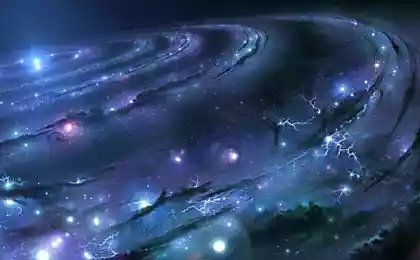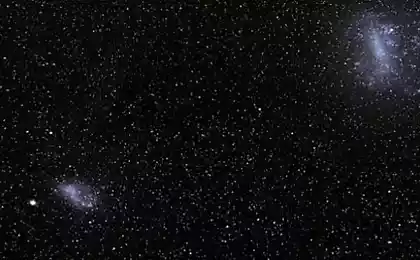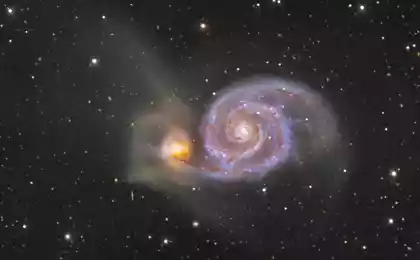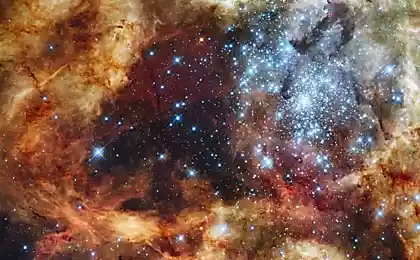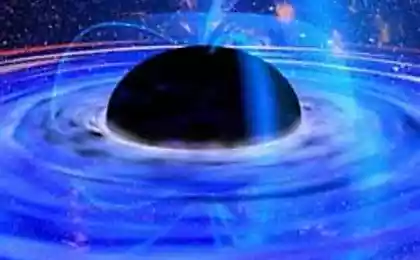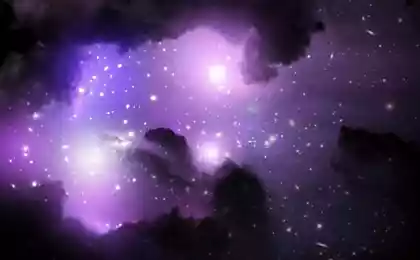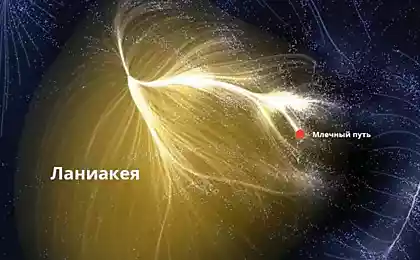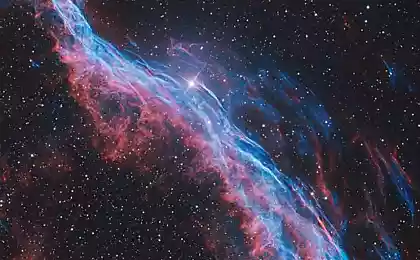510
Astronomers have discovered hundreds of young galaxy clusters

The universe is filled with galaxies that come together like cosmic cities in the overwhelming emptiness of space. The astronomers have submitted a bunch of baby pictures of these galaxy clusters, removing them at the age of just a few billion years (it is a little, considering that the age of the Universe — 13.8 billion years). More than 200 children's nest egg is the biggest catch of all time, who sheds light on dark matter and the formation of galaxies.
Galactic clusters form the structural framework of the Universe. Astronomers have seen many clusters in the Universe, but the young clusters remained elusive. The further you look into space, the longer it takes light to reach your eyes, and the farther back in time you look. Thus, young clusters must be very far away, and so will be very dim. And because they are young, they didn't have enough time to create many bright stars, making even more difficult their detection.
Congestion is also difficult to find because they occupy only a piece of a huge area of space. "I would call it one percent regions most concentrated areas in the entire Universe, says David Koo, an astronomer at the University of California at Santa Cruz. Is extremely rich areas of our space."
That's why astronomers have found only a few children's clusters. But thanks to the Planck satellite, which observes the entire sky, astronomers have identified 200 galactic clusters on the edge of the Universe when she was only three billion years. "In one fell swoop managed to find so many, says Ku, who participated in the work. Is impressive."
The main objective of Planck is studying the cosmic microwave background, the residual glow that pervades the entire Universe after the Big Bang. Also, the satellite measures light at other wavelengths, which allows to pick up signals from young galaxies. Therefore, the astronomers studying the Planck data, and found several hundred of these bright spots (marked by black dots in the picture below). Then sent the space telescope Herschel, who has studied each of these sources. With further increase astronomers discovered that the space was extremely dense: each contained at least 10 young galaxies, stamps of a new star at speeds of up to 1500 times the speed of star formation in the milky Way.
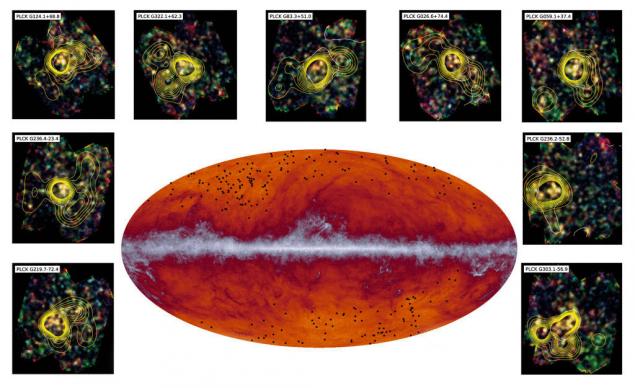
These still formed the galaxies are very young. As young people, they are influenced by their peers. Huge black holes formed in the centers of these galaxies, can produce powerful jets, which blow away the gas of nearby galaxies away. GAZ — that's the stuff that stars are made, so if the nearest galaxy will Rob you of gas, you will not be able to make stars. The gravitational pull of nearby galaxies can also steal your stars and gas. But how much just to the nearest galaxy determines the fate of the young? Or maybe the future of this galaxy is dictated for the most part, its internal properties like mass and size? Young clusters of galaxies can store the answers. "You have a special rare zones that can be compared in characteristics with the characteristics of galaxies outside this region," says Ku.
Clusters also represent the centers of dark matter, the mysterious and invisible material, which acts as gravitational glue that links all galaxies together.
"They can be the best way to study dark matter, says Brenda fry, an astronomer at the University of Arizona who participated in the studies. Galaxy "is not only not moving as they want — they have no free will," she says. They are responsible for what goads them to do the gravitational potential." In other words, by studying the motion of galaxies in clusters astronomers can determine the gravitational influence of dark matter, its properties, to learn the role that it plays in the lives of young galaxies.
Astronomers have not yet confirmed that all of the young clusters are indeed clusters and not a mix of nearby and distant galaxies, which just happened to be in the same field of view. Most likely, they are, but we need a comprehensive analysis. Then each of the young cluster will be studied in detail. "Need a few years to study, but already at an early stage are all quite interesting," says Ku.published
Source: hi-news.ru
Cameron Diaz of the body: the law of hunger, the science of strength and other ways to love Your amazing body
Choose disposable sheets for massage: hygiene + aesthetics
